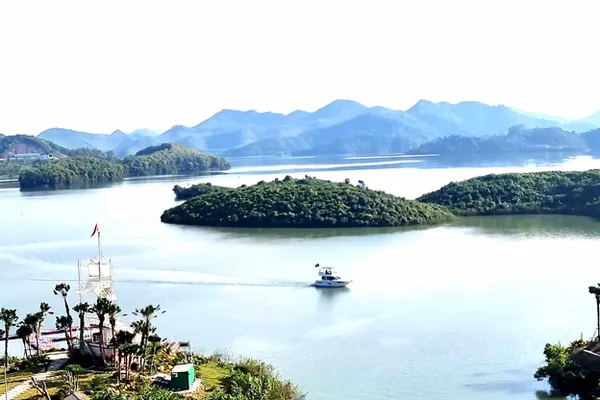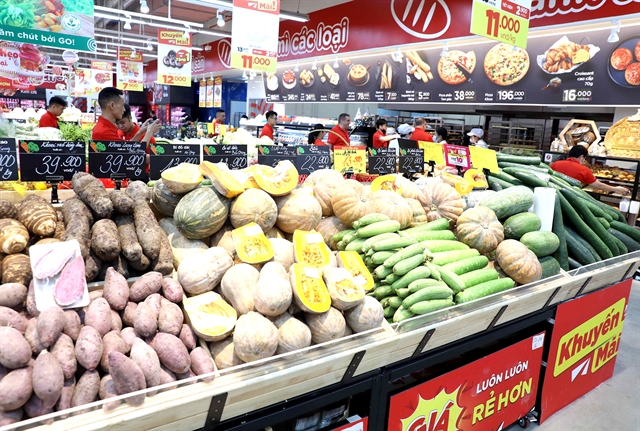 Opinion
Opinion

Đào Duy Cường, deputy director of Hà Nội Drainage Project Management Board speaks to Infonet online newspaper about the effectiveness of the Hà Nội Drainage Project capitalised at VND6 trillion (US$268 trillion).
 |
| Đào Duy Cường, deputy director of Hà Nội Drainage Project Management Board. -- Photo infonet.vn |
Đào Duy Cường, deputy director of Hà Nội Drainage Project Management Board speaks to Infonet online newspaper about the effectiveness of the Hà Nội Drainage Project capitalised at VND6 trillion (US$268 trillion).
Could you tell me about the progress of the ongoing Hà Nội Drainage Project’s second phase?
We have so far finished 95 per cent of the total work of the project which aims at improving the city environment. All the main parts of the project including upgrading Yên Sở pumping station, raising its capacity to 90 cubic metres per second; and improving 13 regulating reservoirs in city’s urban areas as well as 12 pumping stations have been completed. Other parts of the project like renovating canal systems in the inner city are being finalised.
The upgrading of the sewage system with 52 sewers totalling 26km length has been done to help reduce floods.
The construction of Bảy Mẫu Lake Wastewater Treatment Plant with a capacity of 3,300 cu.m per day has also finished.
The city authority has requested that the drainage project be completed and put into use by the end of this month. Do you think that’s feasible?
The second phase of Hà Nội’s drainage project will have to be finished on June 30. We’ve asked contractors to accelerate implementing the ongoing parts of the projects. However, low speed of site clearance has affected the project’s progress. We have reported the issue to the city authorities and the department of construction so that they can deal with the problems based on that.
Can you give your assessment about the city’s anti-flood capacity once the project is finished?
All the basic items in the project have so far been completed. Its effectiveness has been proven by the heavy rain on May 25.
This year, despite a high rainfall level which experts said was a little less than the record level of 2008, water drainage time has been shortened dramatically to just a few hours.
However, the official warned incomplete parts of the project impact the project as a whole.
The project’s effectiveness should be much better once it has been implemented comprehensively and there is efficient cooperation between partners.
You’ve said that your project has helped facilitate the Hà Nội drainage system but a lot of streets were still suffering from severe flooding on May 25. Can you provide an explanation?
The project’s second phase was supported with loans from the Japanese Official Development Assistance (ODA).
It is currently implemented in eight districts of Ba Đình, Hoàn Kiếm, Cầu Giấy, Tây Hồ, Thanh Trì, Hoàng Mai and Thanh Xuân, focusing on improving lakes, sewage and channel systems as well as upgrading waste water treatment plants.
The recent downpours on May 25 caused floods in many areas but most of them were beyond the project’s target areas.
Moreover, the urbanisation in the city’s western region has been too fast for the drainage system to keep up with.
A boom in infrastructure construction without adequate attention from investors and local authorities has also created challenges for the sewage system. Nhuệ River, the main water source and drainage for agriculture production suffers the most serious impact from the boom in construction. -- VNS




